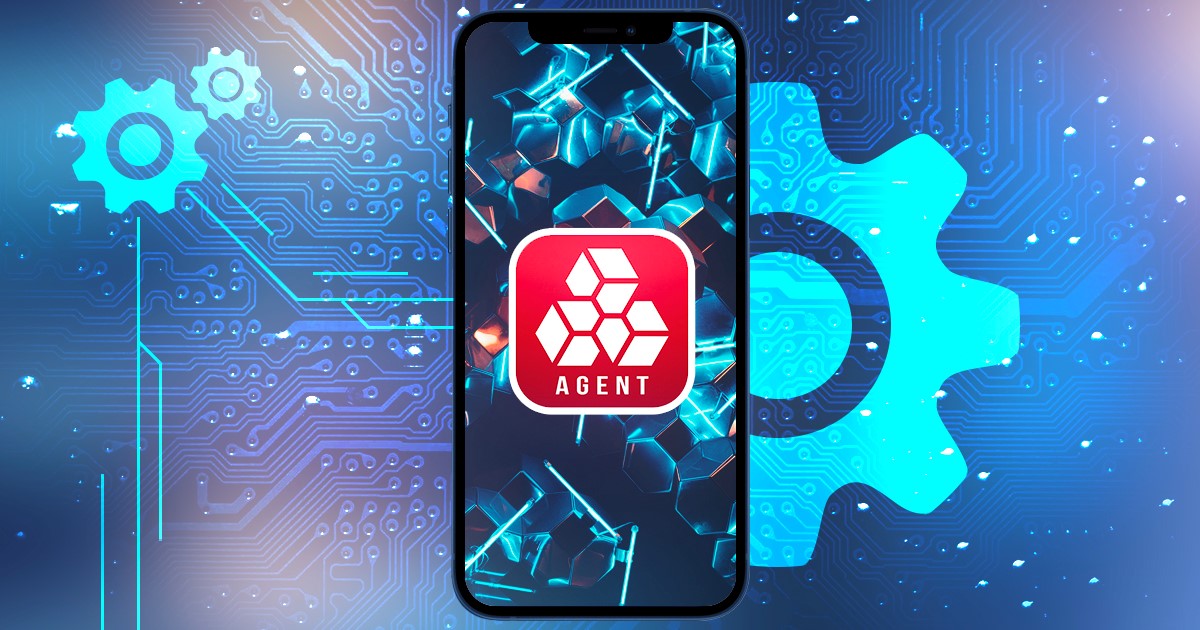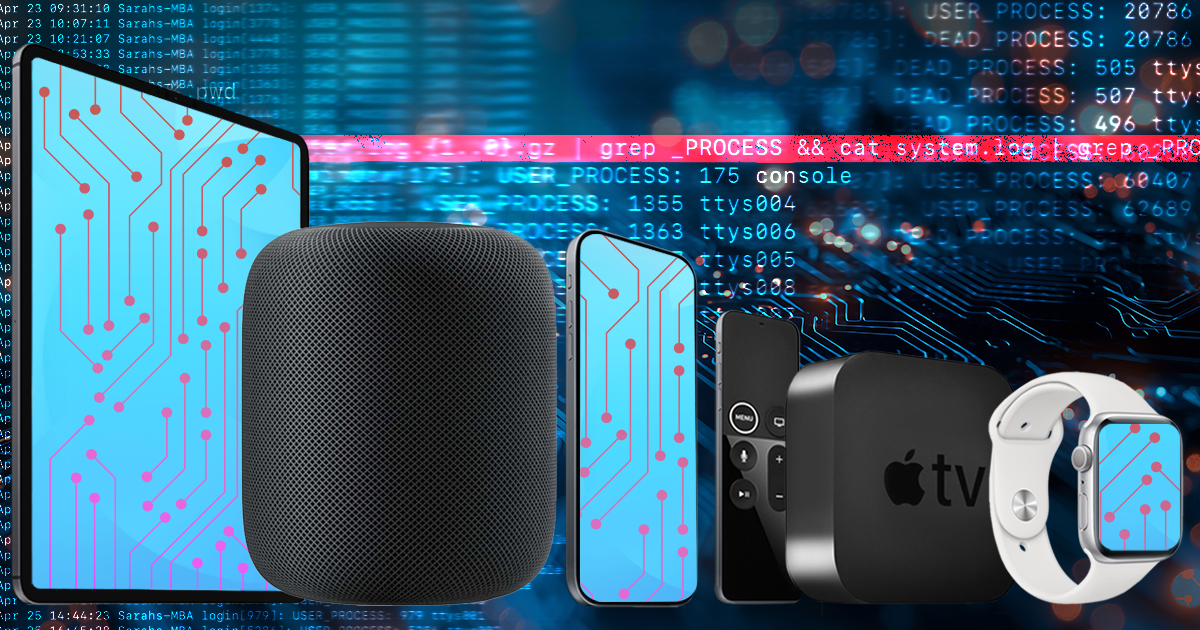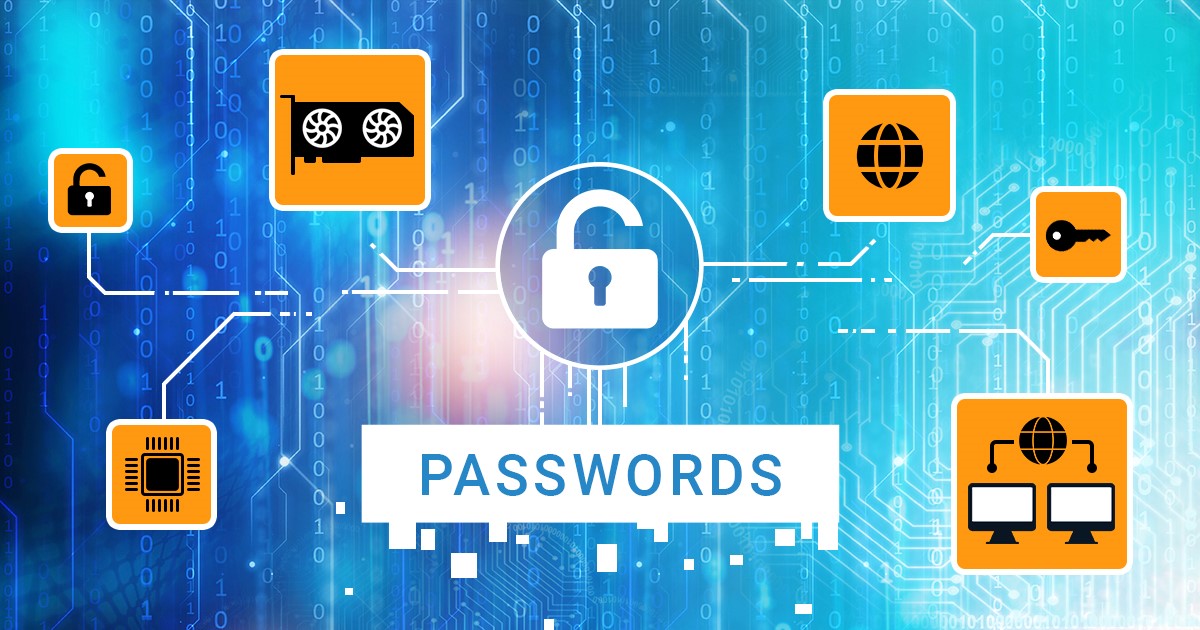Disk encryption is widely used desktop and laptop computers. Many non-ZFS Linux distributions rely on LUKS for data protection. LUKS is a classic implementation of disk encryption offering the choice of encryption algorithms, encryption modes and hash functions. LUKS2 further improves the already tough disk encryption. Learn how to deal with LUKS2 encryption in Windows and how to break in with distributed password attacks.
Elcomsoft System Recovery 8.30 introduced the ability to break Windows Hello PIN codes on TPM-less computers. This, however, was just one of the many new features added to the updated release. Other features include the ability to detect Microsoft Azure accounts and LUKS2 encryption, as well as new filters for bootable forensic tools.
Windows 11 introduces increased account protection, passwordless sign-in and hardware-based security. What has been changed compared to Windows 10, how these changes affect forensic extraction and analysis, and to what extent can one overcome the TPM-based protection? Read along to find out!
The new year is just around the corner, and so it’s the right time to review our achievements in 2021. We’ve done plenty of researching, developing and updating, and posted a great deal of content in our blog. Let’s run through the most exciting developments of the year!
BestCrypt, developed by the Finnish company Jetico, is a cross-platform commercial disk encryption tool directly competing with BitLocker, FileVault 2 and VeraCrypt. Volume encryption is available for Windows and macOS. Learn how to break BestCrypt full-disk encryption by recovering the original password!
Backups are the primary way to preserve data. On smartphones, backups are handled automatically by the OS. Windows lacks a convincing backup app; numerous third-party tools are available, some of which feature strong encryption. Computer backups may contain valuable evidence that can be useful during an investigation – if you can do something about the password.
When accessing a locked system during an in-field investigation, speed is often the most important factor. However, maintaining digital chain of custody is just as if not more important in order to produce court admissible evidence. We are introducing new features in Elcomsoft System Recovery, our forensic triage tool, to help establish and maintain digital chain of custody throughout the investigation.
Many Linux distributions including those used in off the shelf Network Attached Storage (NAS) devices have the ability to protect users’ data with one or more types of encryption. Full-disk and folder-based encryption options are commonly available, each with its own set of pros and contras. The new native ZFS encryption made available in OpenZFS 2.0 is designed to combine the benefits of full-disk and folder-based encryption without the associated drawbacks. In this article, we’ll compare the strengths and weaknesses of LUKS, eCryptFS and ZFS encryption.
When analyzing connected computers, one may be tempted to pull the plug and bring the PC to the lab for in-depth research. This strategy carries risks that may overweigh the benefits. In this article we’ll discuss what exactly you may be losing when pulling the plug.
BitLocker, disk encryption, EFDD, fast startup, hibernation, hybrid sleep, low power, TPM, TrueCrypt, VeraCrypt, Windows 10
iMessage, Hangouts, Skype, Telegram, Signal, WhatsApp are familiar, while PalTalk, Pigin, Psi Jabber client, Gadu-Gadu, Gajim, Trillian, BigAnt or Brosix are relatively little known. The tools from the first group are not only more popular but infinitely more secure compared to the tools from the second group. In this publication we’ll review the authentication methods used by the various instant messengers, and attempt to extract a password to the user’s account.
AIMPR, ECX, EDPR, EIFT, EINPB, EPB, ESR, EXWA, instant messenger, Signal, Skype, Telegram, WhatsApp


